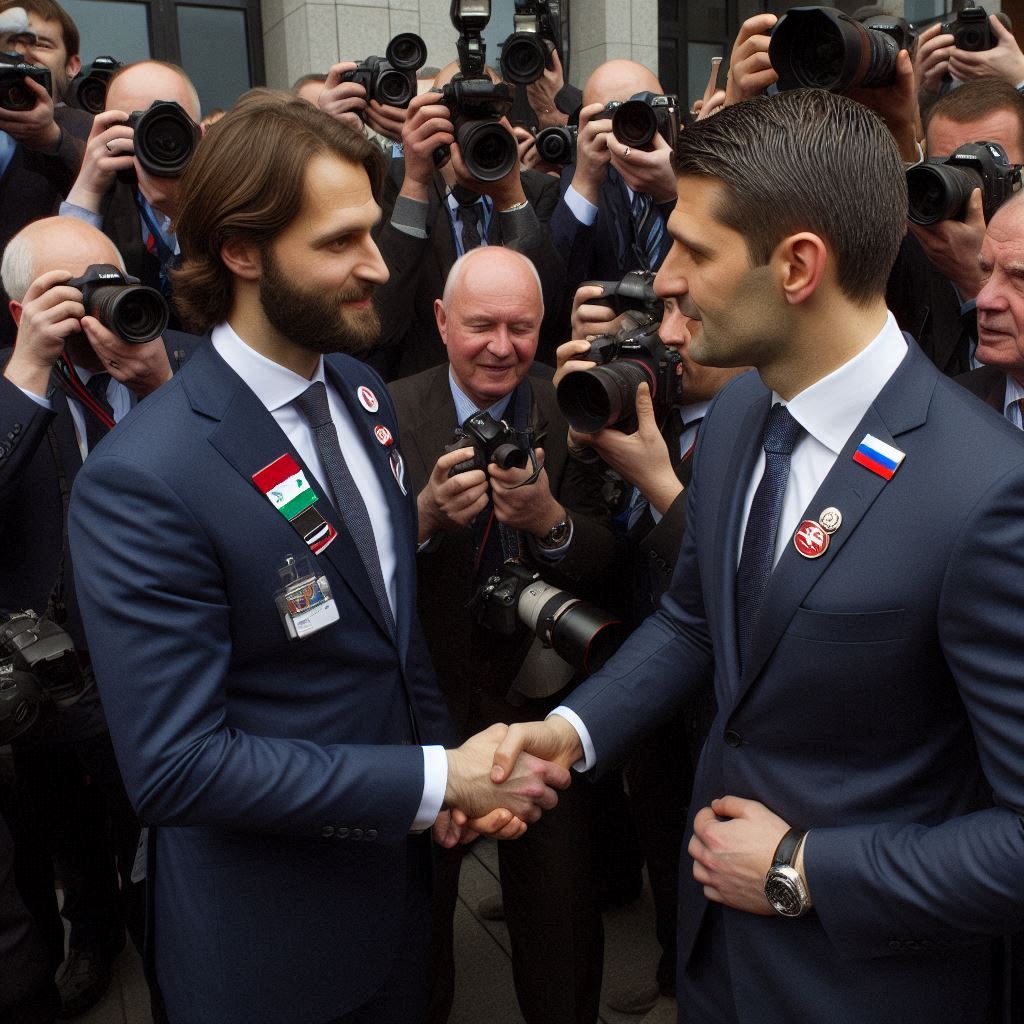敘利亞的總統下台,逃離到俄羅斯
敘利亞內戰是21世紀最複雜且破壞性極大的衝突之一,其根源可追溯至2011年阿拉伯之春的浪潮。當時,敘利亞人民受埃及和突尼西亞的民主運動鼓舞,走上街頭抗議總統巴沙爾·阿塞德的威權統治。他們要求政治改革、反對政府貪腐並尋求更好的生活條件。然而,阿塞德政府對示威者展開殘酷鎮壓,最終將這些抗議演變成一場全面內戰。
戰爭從最初的抗爭迅速分裂成多方勢力之間的衝突。阿塞德的政府軍得到包括俄羅斯、伊朗及黎巴嫩真主黨等盟友的支持。而反抗軍則由眾多派系組成,其中包括土耳其支持的自由敘利亞軍(Free Syrian Army),以及後來興起的極端組織如伊斯蘭國(ISIS)和與基地組織相關的武裝分子。國際和地區勢力的介入使情勢更加複雜,美國、土耳其和海灣國家支持不同的反對派組織,導致戰爭進一步擴大。
敘利亞的族群和宗派矛盾使內戰更加激烈。阿塞德政府主要由少數族群控制,而反對勢力多為遜尼派(Sunni)主導。這種宗教與族群的對立被極端組織利用,更加劇暴力衝突。2014年伊斯蘭國的崛起更為內戰增添一層新的危機。伊斯蘭國控制敘利亞和伊拉克的大量領土,直到2019年國際聯軍才基本消滅其主要勢力。
內戰對敘利亞人民的影響是毀滅性的。截至目前,已有超過50萬人喪生,數百萬人流離失所,約560萬人逃往鄰國及歐洲。基礎建設,包括學校、醫院和住宅,幾乎完全毀壞,國家經濟瀕臨崩潰。這場衝突也對鄰國如土耳其、黎巴嫩和約旦造成巨大壓力,難民的湧入使這些國家的資源和社會結構面臨挑戰,同時也在歐洲引發政治與社會緊張。
國際社會嘗試調解衝突,但成效有限。聯合國主導的和平談判多次陷入僵局,因為各方勢力無法妥協。儘管阿塞德重新掌控大部分國土,北部地區依然由反對派和庫德族武裝控制。
這場內戰的影響遠超出敘利亞本身,不僅加劇地區不穩定,還引發全球性的難民危機。同時,內戰也成為極端主義和恐怖主義滋生的溫床,對國際安全構成威脅。
若如報導所言,阿塞德垮台且獲俄羅斯庇護,這將是內戰的一個重大轉折。然而,敘利亞的未來仍充滿不確定性。如何重建國家、解決深層矛盾並實現穩定,將是極為艱巨的挑戰。這場內戰已深刻改變敘利亞的命運,並將其對地區及國際的影響深深烙印在歷史之中。
The Syrian Civil War is one of the 21st century's most devastating and complex conflicts, originating from the Arab Spring uprisings in 2011. Inspired by movements in Tunisia and Egypt, Syrians protested against President Bashar al-Assad's authoritarian regime, demanding political reforms, an end to corruption, and improved living conditions. However, Assad's government responded with violent crackdowns, escalating the protests into a full-blown civil war.
Origins and Escalation
The war quickly became multifaceted. Assad's government, backed by allies like Russia, Iran, and Hezbollah, faced opposition from a fragmented rebellion that included moderate groups, such as the Free Syrian Army, and extremist factions like ISIS and al-Qaeda-affiliated groups. International intervention exacerbated the conflict, with the U.S., Turkey, and Gulf nations supporting various opposition groups.
Sectarian and Ethnic Tensions
Syria's diverse demographics fueled the violence. Assad's regime, dominated by the Alawite minority, clashed with predominantly Sunni opposition forces. These divisions were exploited by extremist groups, intensifying the conflict. ISIS's rise added a new dimension, creating a cross-border threat in Syria and Iraq until a coalition of forces significantly diminished its power by 2019.
Humanitarian Catastrophe
The war's toll has been catastrophic:
Over 500,000 deaths.
Millions displaced internally and externally, with 5.6 million refugees in neighboring countries and Europe.
Widespread destruction of infrastructure, including homes, schools, and hospitals.
An economic collapse, leaving much of Syria in poverty.
Neighboring countries like Turkey, Lebanon, and Jordan have borne significant burdens due to the refugee crisis, straining resources and creating social tensions. In Europe, the influx of Syrian refugees sparked political debates and policy changes.
Efforts for Resolution
Despite numerous attempts by the United Nations and other entities to broker peace, negotiations have largely failed due to irreconcilable differences among warring factions and international stakeholders. Although Assad's forces have regained most territory, northern regions remain under Kurdish or opposition control, leaving the country divided.
Global Implications
The Syrian war has had far-reaching effects:
It has destabilized the Middle East.
The refugee crisis has reshaped European politics and policies.
The war has served as a breeding ground for extremism, posing international security risks.
Assad’s Fall and Potential Impact
If reports of Assad's fall and Russian asylum are accurate, it could mark a significant turning point. However, rebuilding Syria will require addressing profound societal fractures, reconstructing devastated infrastructure, and navigating ongoing geopolitical rivalries.
The Syrian Civil War has left an indelible mark on the region and the world, highlighting the challenges of resolving deeply entrenched conflicts and the far-reaching consequences of prolonged violence.

照片:DALLE3
- 1
- 2
- 3
- 4
